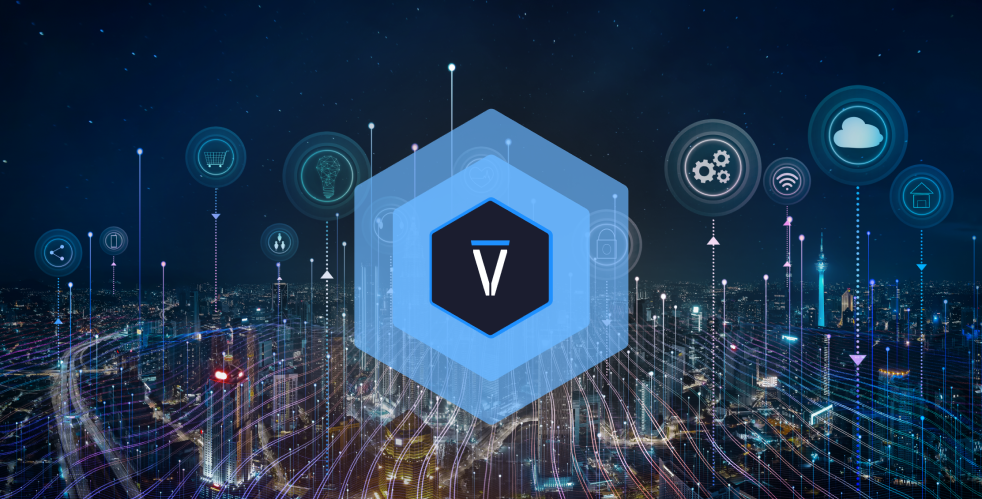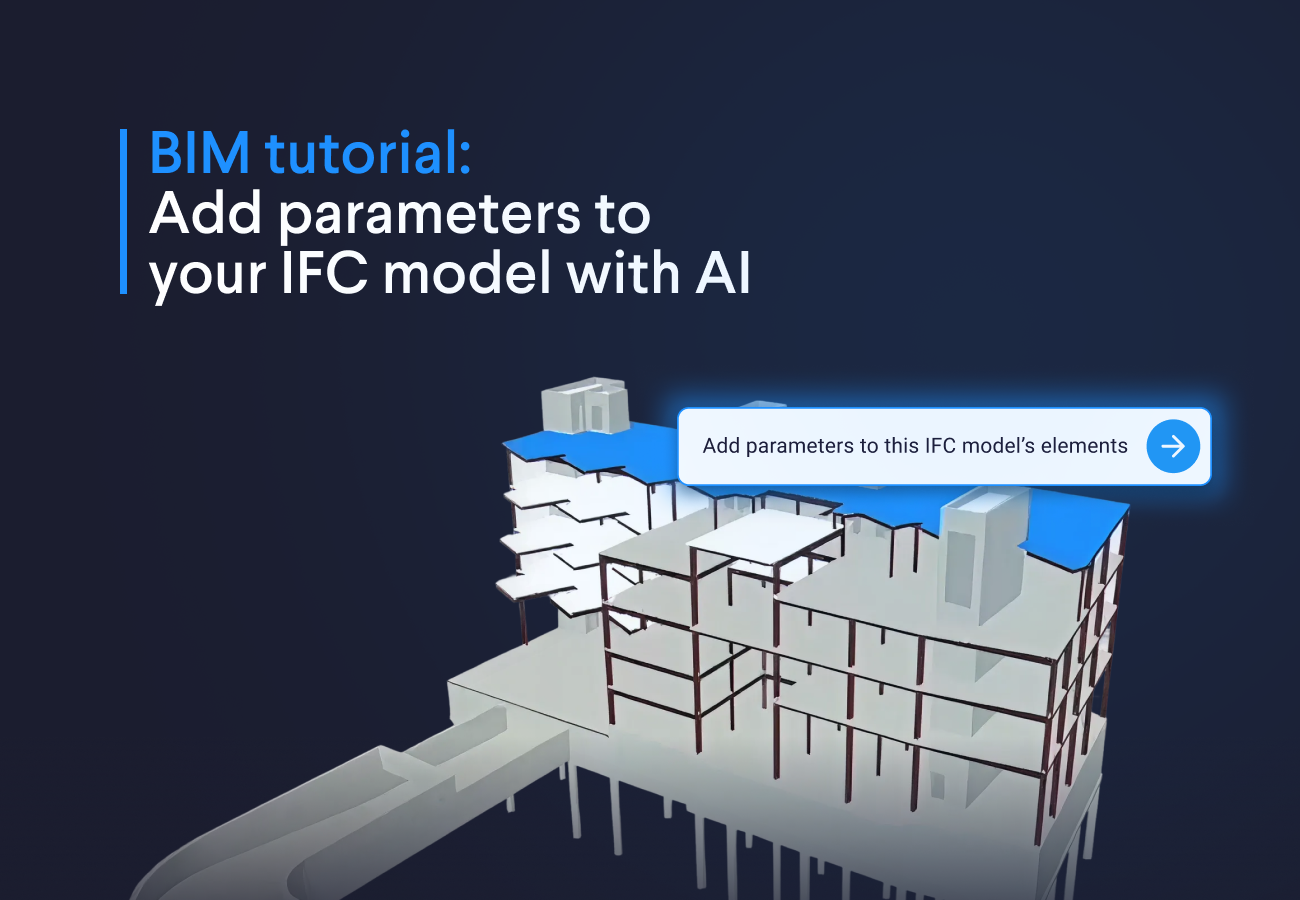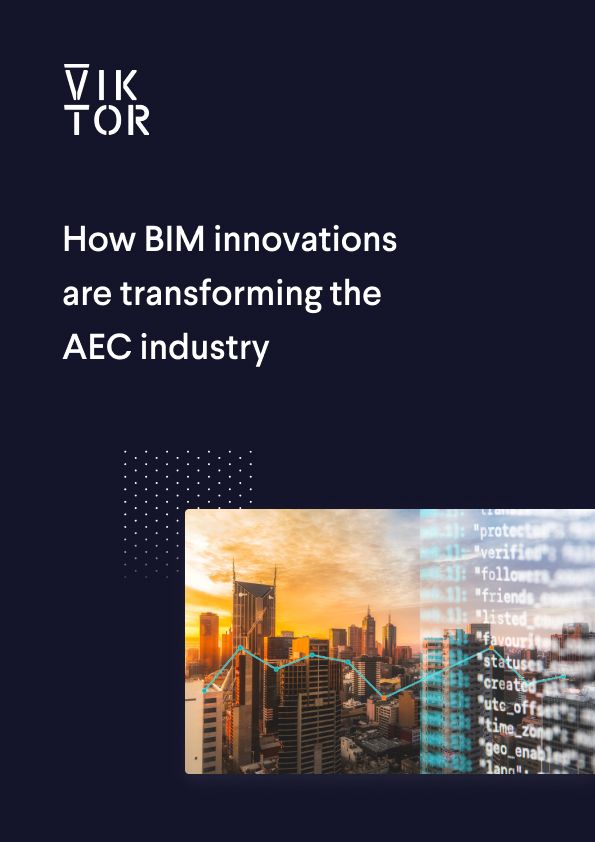
How BIM innovations are transforming the AEC industry
Efficiently pioneering today's & next-gen BIM cloud-based Automation! We will provide information on the meaning, benefits, challenges, and future of BIM!
Manual facility management and maintenance have been a time-consuming and error-prone process in the architecture, engineering, and construction (AEC) industry for decades. The traditional approach relies heavily on physical inspections, which can lead to missed defects, inaccurate measurements, and inefficient maintenance practices. However, the advent of digital twins has revolutionized the way to manage and maintain buildings. By having a digital replica that continually declares the conditions of the physical entity, AEC professionals can benefit from a range of advantages. Like: real-time data monitoring, predictive maintenance, and improved efficiency.
This article explores the potential benefits of digital twins in facility management and maintenance, and how they can be leveraged to optimize AEC workflows with a real-life example!
Facility maintenance
Maintenance is a crucial aspect of ensuring that facilities remain functional, safe, and comfortable for the occupants. The goal of maintenance is to preserve the value of the facility, extend the lifespan, and reduce the likelihood of costly repairs or replacements. Maintenance can be classified into two main types: preventive and corrective. Preventive maintenance involves planned inspections and repairs to prevent breakdowns and failures, while corrective maintenance involves fixing problems as they occur. To carry out maintenance effectively, Facility owners and managers need to develop a comprehensive maintenance plan that includes regular inspections, routine maintenance tasks, and a system for recording and addressing any issues that arise. However, it is easy to miss a failure, wrongly spot problems or have a sudden failure straight after the inspection!
Challenges in facility maintenance
Although manual maintenance has been used in the majority of built environments, a radical shift is happening thanks to Building Information Modelling (BIM). Creating a need for a newer, more innovative and optimized system! Especially, to avoid:
-
Inefficiency. Maintenance should be as efficient as possible. Inspection depending on manual processes for maintenance, including paper-based checklists and schedules easily leads to errors and inefficiencies. In addition, lacking a complete and accurate record of facility systems, equipment, and materials, makes it difficult to plan and execute maintenance activities.
-
Cost & time consumption. Without an accurate record of facility systems and equipment, repairs can be expensive and time-consuming, requiring additional time to diagnose and resolve the issue.
-
Safety Concerns Maintenance personnel in buildings may not have access to accurate and up-to-date information, which can pose safety risks as they might be exposed to undetected critical failure.
Digital Twins, an innovative solution

In early 2000, there was a new envision of having a digital representation of an existing physical model. The digital replica can give an accurate representation of the physical entity. This conception was articulated as “Digital Twin” by Michael Grieves at a Society of Manufacturing Engineers conference in Troy, Michigan. In essence, the vision is that having a digital representation of a materialistic entity can help in serving as the effectively identical digital replica of it for practical purposes, such as simulation, integration, testing, monitoring, and maintenance.
In the context of the AEC industry, a digital twin is a virtual representation of the physical facility that contains all of the information about the building, including its design, construction, operation, and maintenance data. Digital Twins can help owners and operators optimize the performance of their facilities, promptly sense failures, improve energy efficiency, reduce maintenance costs, and enhance the occupant experience. They can also be used for predictive maintenance, safety, and security analysis. These innovative implementations of Digital Twins form a practical manifestation of BIM higher dimensions of sustainability and management.
With the development of advanced technologies such as the Internet of Things (IoT), machine learning, and artificial intelligence, the use of Digital Twins is expected to become more prevalent in the coming years on a facility scale. In addition, expanding to an urban scale. City Digital Twins are being developed of cities around the world, including Shanghai, New York, Singapore and Helsinki.
It's widely considered that sensors are the basic translation between the physical entity and the digital twin as they provide the digital one with the updated status of the real entity. Automatically harvesting these data leads to much better failure detection and a full history record of the element!
The digital twin of the Binnenhaven Bridge in Rotterdam
An example of how such sensors are used to harvest data and detect failure on a facility, is the case of The Binnenhaven bridge in Rotterdam.
In the summer, metal swells significantly on hot days, making it impossible for the bridge to open or close. To avoid this, the bridge is cooled down using river water. The municipality of Rotterdam has developed a sensor-based early warning system that monitors the bridge and enables proactive cooling, avoiding potential logistic problems for Rotterdam.
The bridge is equipped with 52 sensors that provide real-time data on temperature distribution with measurements taken every 15 minutes. The information is readily available as a web-based application on the VIKTOR platform, and the sensors are strategically placed on various parts of the bridge, including the deck, sides, primary and secondary stiffeners. After the data is captured, it is used to run temperature modelling and expulsion simulation to predict the expected dilatation gap based on a weather forecast!
Finally, the measurements bring a structural solution within reach. Even during the hottest days, the bridge remained working perfectly thanks to the 52 warmth sensors. Based on the measurements, at the end of June, the bridge deck was shortened a bit. This measure appeared to be successful and made cooling the bridge unnecessary, and traffic disruptions no longer occur.
Digital Twins and VIKTOR
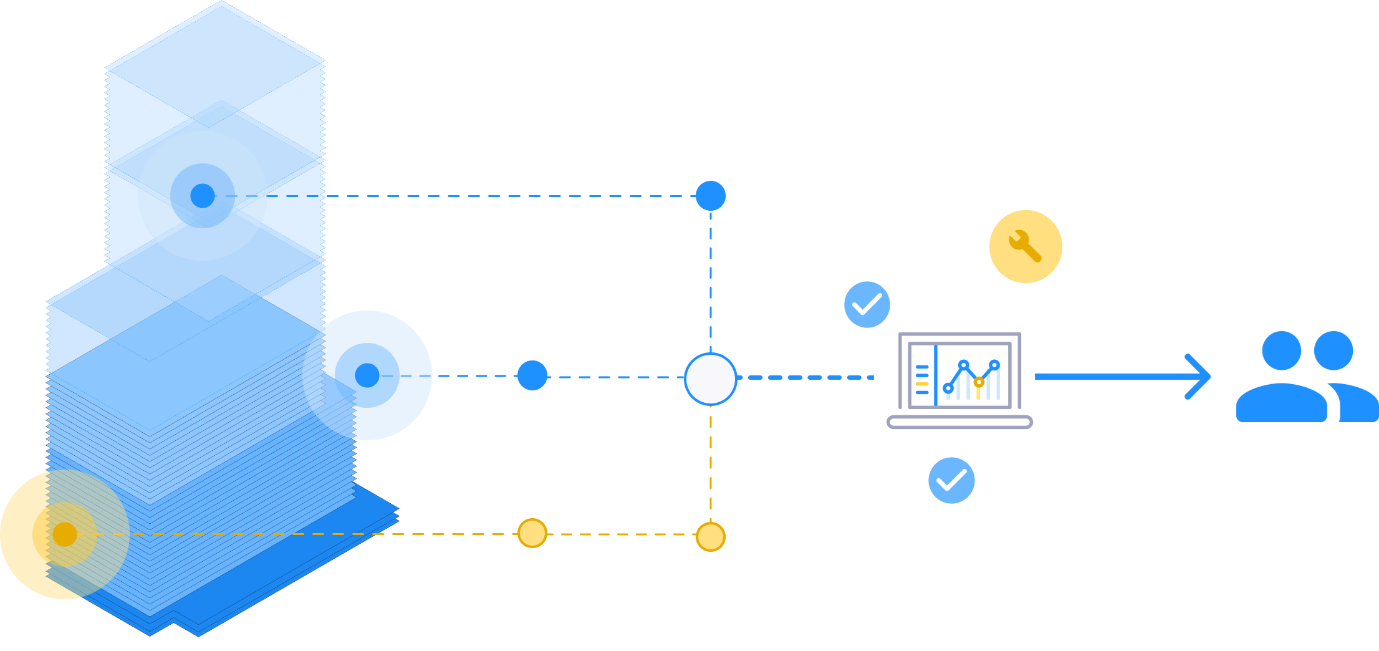
VIKTOR can easily offer a web-based app to monitor all the data gathered from the sensors. Additionally, it is easy to access all historical records of the sensed elements, effortlessly identifying overused ones. Overused elements in buildings, such as HVAC systems, elevators, plumbing and doors will inevitably require maintenance and replacement, especially as they approach the end of their lifespan. Digital twins can help foresee potential issues before they become critical, allowing for timely and cost-effective maintenance.
Moreover, a countermeasures plan can be efficiently automated throughout the VIKTOR platform. Just with a few clicks! Potentially defective elements are predicted, human repair is planned, and suppliers are contacted to deliver replacements at time. All is done before the issue gets critical!
Conclusion
Fundamentally, building information modelling (BIM) aims to optimize the building process. By utilizing digital twins: building owners and managers can monitor and manage their buildings' maintenance more efficiently, making it easier to identify issues and carry out repairs before they become major problems. Interestingly, BIM digital twins are accessible by the suppliers as well as the data related to new supplements to be installed such as: how long will it take to be manufactured, shipped, installed and at what cost? In short, BIM can help in contextualizing the data harvested from the digital twin. This approach leads to a significantly more efficient way of coordinating and executing a maintenance plan.
In conclusion, digital twins are revolutionizing the way in maintaining buildings. By creating a digital replica of a building, owners and operators can optimize performance, reduce costs, and minimize downtime. VIKTOR is at the forefront of this emerging technology, providing cutting-edge solutions for receiving and managing data from digital twins. With the ability to execute prepared plans with high coordination!
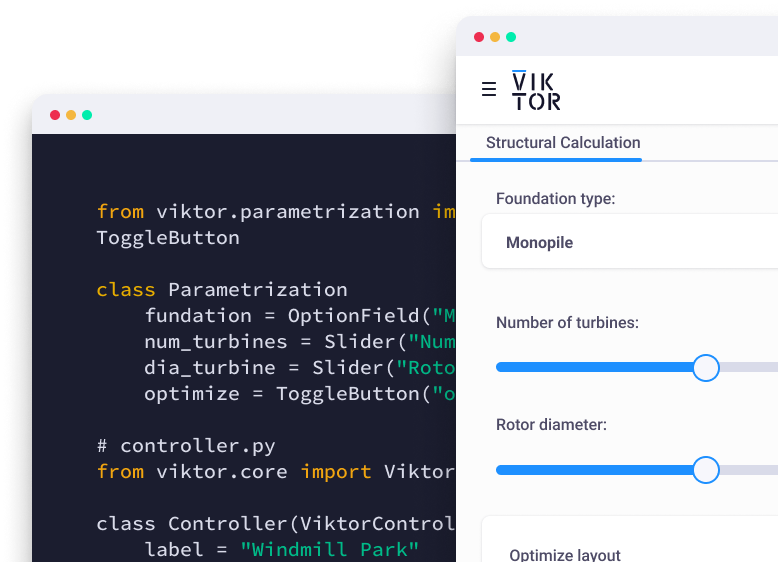
Start building apps for free
Related Blog Posts
Get our best content in your inbox
Subscribe to our newsletter and get the latest industry insights

